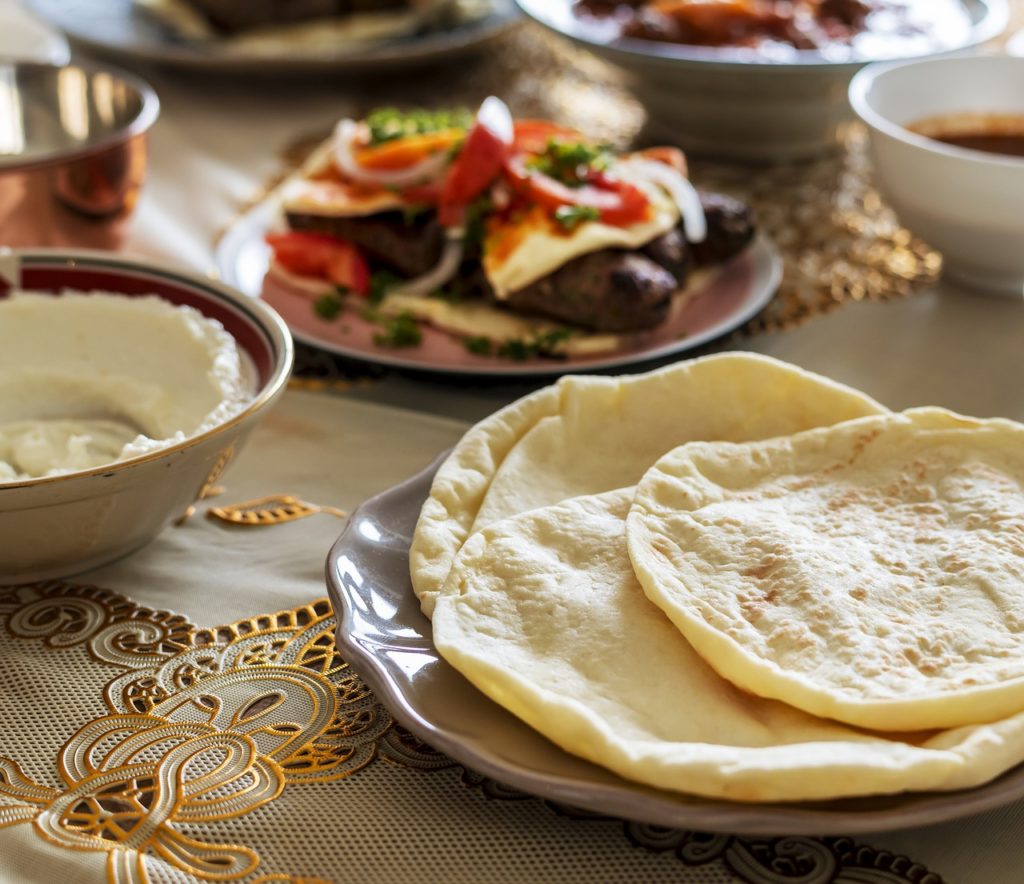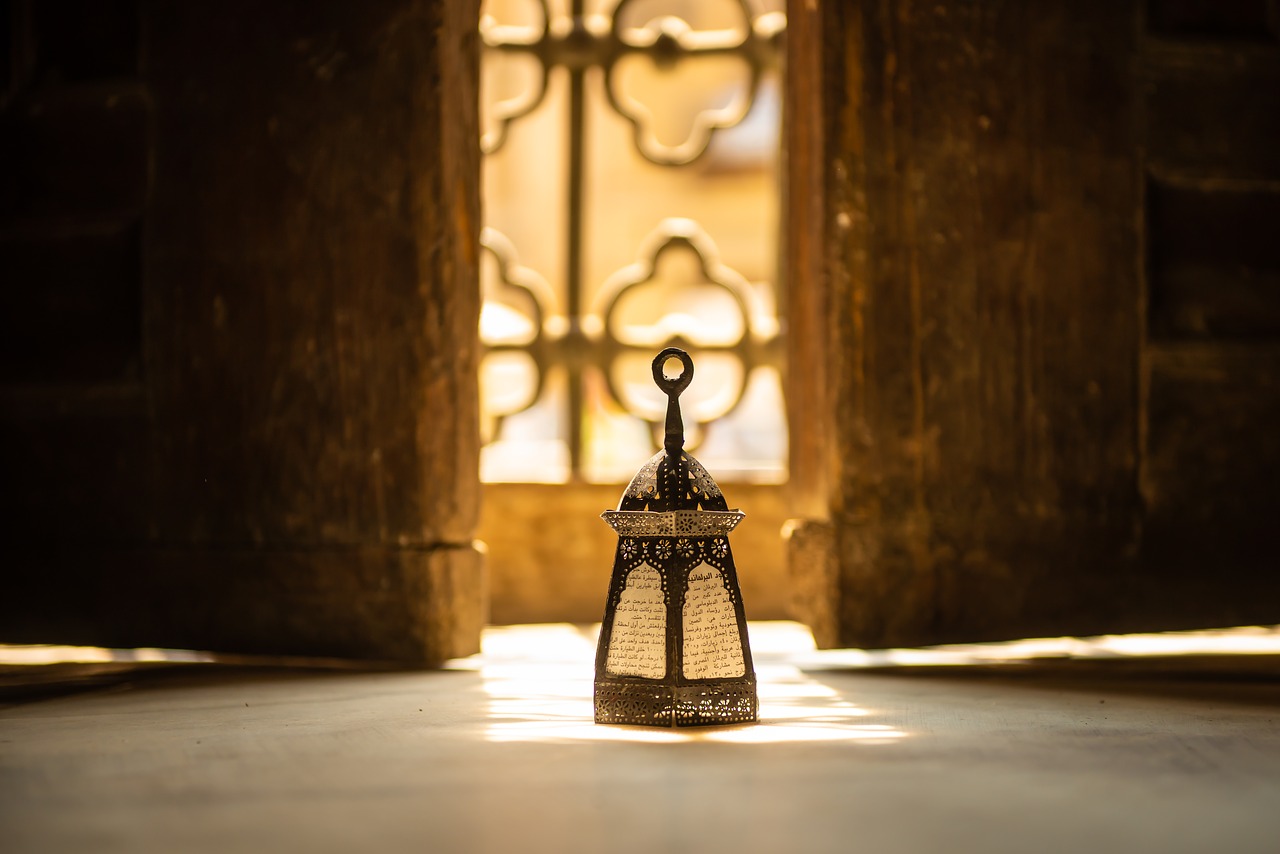Earlier this summer, during the first week of June, Muslims all around the world gathered together to celebrate Eid al-Fitr, the festival that marks the end of the holy month of Ramadan. In Afghanistan, as in most other countries with significant Muslim populations, Eid al-Fitr is one of the most important traditional holidays, and it is welcomed with great enthusiasm by Afghans all across the country. Read on for a look at eight interesting facts that you might not know about Eid al-Fitr in Afghanistan.
1. It celebrates the end of a long fast.
One of Islam’s most sacred traditions, Ramadan is a period of ritual fasting that honors the month when the Quran was revealed to the Prophet Mohammed. During Ramadan, most Muslims do not eat (or drink) from dawn until dusk, and they may also abstain from activities like smoking or taking medications. Eid al-Fitr is the festival that marks the end of Ramadan, and consequently, the end of fasting. Appropriately enough, therefore, the literal translation of Eid al-Fitr is “Festival of the Breaking of the Fast” or “Feast of Fast-Breaking.”

2. It begins with the sighting of the new moon.
Like Ramadan, the start of Eid al-Fitr is determined by the date and time that the new moon is first sighted. This means that most of the time Muslims must wait until the night before Eid to verify the exact timing of the festival. Many Muslim countries depend on local moon sighters to catch the first glimpse of the new moon; when the sighting has been confirmed, the beginning of Eid is declared at mosques and on television and radio stations. For uniformity, some Muslim regions choose to celebrate Eid when the new moon appears over the holy site of Mecca, rather than over their own location.
3. It is held on different (Gregorian) dates every year.
The Gregorian calendar, in use in many parts of the world, is based on the solar cycle, whereas the Islamic calendar is based on the lunar cycle, which means that months start and end with each new moon. Therefore, because lunar months are slightly shorter than solar months, Eid al-Fitr always arrives about 10 days earlier than it did the previous (Gregorian) year.
4. It usually lasts for at least three days.
The festival of Eid al-Fitr and its associated celebrations traditionally last for a three-day period. In many countries, including Afghanistan, all three days are observed as national holidays. However, depending on where Eid al-Fitr falls during the week, the festivities can sometimes last longer. For example, if the three days of Eid occur mid-week, it’s not uncommon for the celebrations to last all the way through the weekend.
5. Cleanliness and grooming are an important part of Eid al-Fitr.
On the first morning of Eid al-Fitr, Muslims begin the day with a ritual called “ghusl,” a ceremonial cleansing of the body. Then, they will often dress in new clothes—some people wear traditional dress from their country or region, while others choose contemporary clothing. In some areas, women will decorate their hands with intricate henna designs.
6. The festival begins with prayers.
After getting dressed, Muslims gather together with their families and communities for morning prayers. These prayers are usually followed by a special sermon and a prayer known as the Salat al-Eid. The prayers are often held at local mosques or in large halls, but in many countries, people also gather for prayers outdoors. After prayers, the rest of the day is spent visiting and celebrating with family, friends, and neighbors. In some countries, people also visit cemeteries to offer their respects to late family members.
7. Special dishes and meals are prepared.
Since Eid al-Fitr is a festival that marks the end of a month of fasting, it’s not surprising that food plays a major role in the celebrations. (In fact, voluntary fasting is actually not allowed on the first day of Eid al-Fitr, as Muslims are instead encouraged to feast and celebrate the conclusion of a month of fasting and worship.) Each country has different traditional foods that are prepared before Eid begins or on the morning of the first day; many of these foods are sweets or desserts, but savory dishes are also important. In Afghanistan, a dish traditionally prepared and eaten at Eid is bolani, a type of flatbread stuffed with different fillings like spinach, lentils, potatoes, or pumpkin.
8. Gifts are given.
To celebrate the end of a month of sacrifice and abstinence, Muslims embrace abundance during Eid al-Fitr. This means not only abundant food, but gifts as well. The most common gift at Eid is money, but flowers or goods for the home may also be given. Known as “Eidi,” gifts are most often given to children, who are a special focus during the Eid al-Fitr celebrations.


